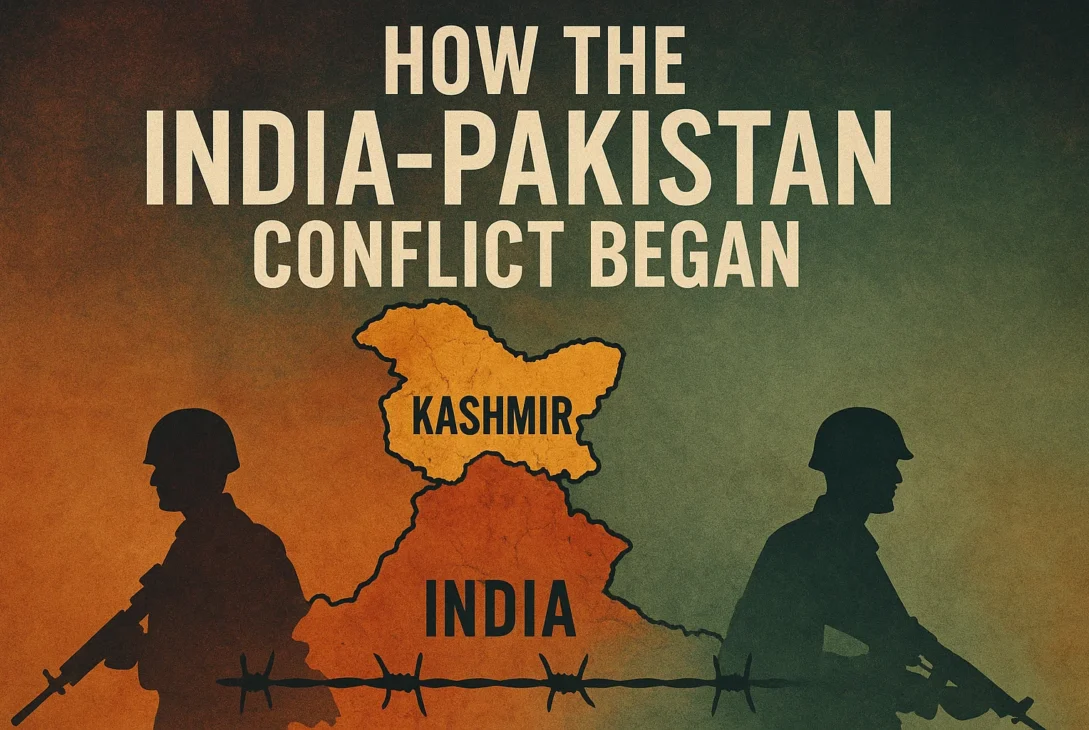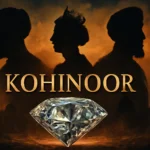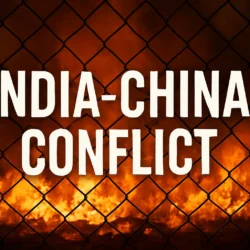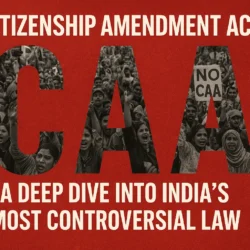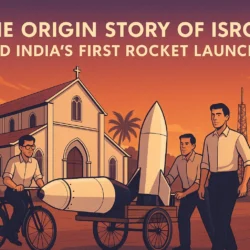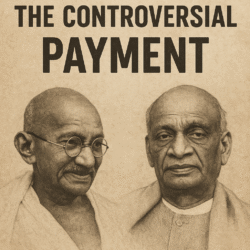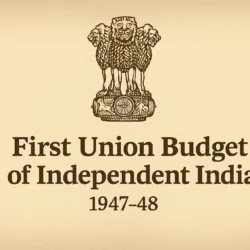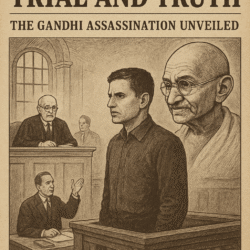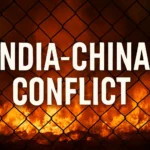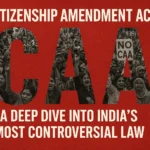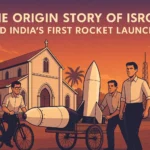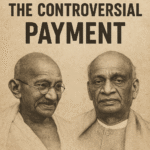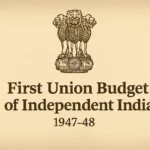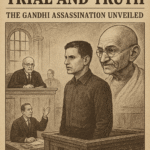Introduction
The birth of India and Pakistan in 1947 was a moment of triumph and tragedy. While independence marked the end of British colonial rule, it also gave rise to the deeply rooted and ongoing conflict over Jammu and Kashmir. This article examines the historical context, political maneuvers, military operations, and emotional stakes involved in the first and defining conflict between the two nations, with a particular focus on the Kashmir issue.
The Partition and Its Aftermath
When the British colonial authority decided to leave India, the original timeline was set for the end of 1948. However, growing unrest pushed this deadline up by a year, and August 15, 1947, became the day both India and Pakistan were born.
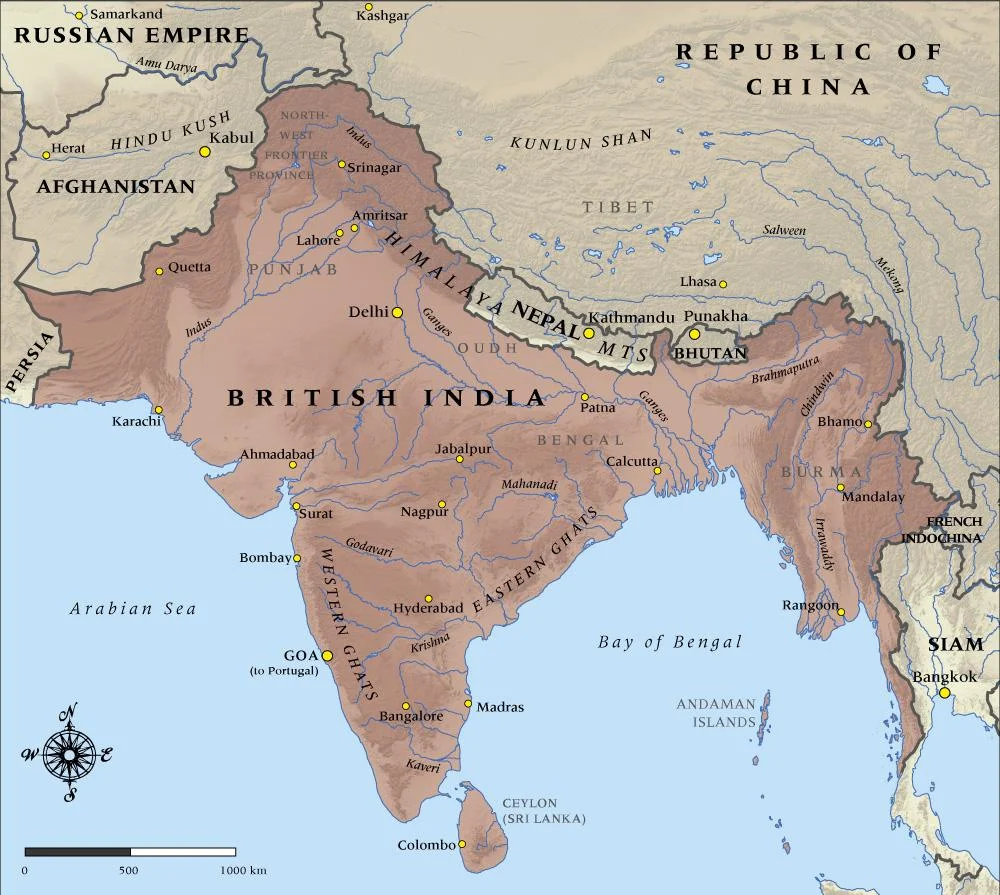
source: NZ History
The British, in their haste, overlooked the deep-seated religious and political complexities of the subcontinent. The process of partition was managed through the Radcliffe Line, aiming to create a Hindu-majority India and a Muslim-majority Pakistan. But this line cut across communities, villages, and princely states — the most contentious being Jammu and Kashmir.
Princely States and the Instrument of Accession
At the time of independence, 565 princely states were given the choice to join India,join Pakistan, or remain independent. This clause seemed straightforward in theory, but became incredibly complex in practice.
The task of integrating these princely states was given to Sardar Vallabhbhai Patel, India’s Deputy Prime Minister. Most states joined India either by persuasion or pressure, signing the Instrument of Accession — a common document used for integration. However, three regions resisted:
- Junagarh – Muslim ruler, Hindu population.
- Hyderabad – Muslim ruler, Hindu population, landlocked.
- Jammu and Kashmir – a Hindu king, a majority Muslim population, shared borders with both India and Pakistan.
The Dilemma of Jammu and Kashmir
The ruler of Jammu and Kashmir, Maharaja Hari Singh, was a Hindu monarch presiding over a Muslim-majority region. His reluctance to join either India or Pakistan stemmed from personal and political fears:
- If he joined Pakistan, a Hindu king would be unable to survive politically in an Islamic nation.
- If he joined India, democratic values and future elections would threaten his monarchy.
- If he remained independent, he risked becoming a battleground between both nations.
Thus, he signed a Standstill Agreement, aiming to maintain the status quo for a year.
The Poonch Revolt and Operation Gulmarg
Conflict erupted sooner than expected. In the Poonch region of Jammu and Kashmir, discontented Muslim ex-soldiers returning from World War II faced high taxes and political discrimination. When the Maharaja ordered them to surrender their weapons, it ignited rebellion.
According to Indian military sources, Pakistan secretly planned Operation Gulmarg — a blueprint to invade Kashmir using 20 Pashtun tribal militias. Indian officer Major O.S. Kalkat reportedly uncovered this plan.
Pakistan’s version differs: the revolt was spontaneous, a grassroots uprising against oppression. But regardless of the cause, by October 1947, tribal militias had reached Baramulla, unleashing destruction that terrified the region’s civilians.
Accession to India and Indian Military Intervention
As the tribal invasion advanced to just 50 kilometers from Srinagar, Maharaja Hari Singh requested military assistance from India. India refused unless he signed the Instrument of Accession.
Hari Singh complied, signing the same document as other princely states. India flew troops into Srinagar, halting the tribal advance. However, critics argue that this was a conditional agreement and did not fully integrate Kashmir into India. Pakistan refused to accept it, comparing it to the Junagarh precedent where a plebiscite was held after accession.
Pakistan’s Obsession and Counter-Moves
With their army still under British command, Pakistan was unable to officially intervene. Instead, they created the “Azad Kashmir Fauj”, a 10,000-strong militia that appeared civilian but acted as a military force. They aimed to wrest Kashmir from India.
Meanwhile, India’s military pushback began. Reinforcements arrived, and battles were fought across regions like Thorar, Uri, Jhanger, Mirpur, Dras, and Kargil. The Indian army launched multiple counter-offensives, freeing Poonch and halting Pakistani advances.
The UN Ceasefire and Line of Control (LOC)
As battles raged, India brought the matter to the United Nations, a controversial move criticized by many who felt the war could have been decisively won.
The UN passed a three-point resolution:
- Cease hostilities and maintain current positions.
- Pakistan must withdraw all its forces from Kashmir.
- India will then withdraw, and a plebiscite would be held to determine Kashmir’s future.
Pakistan refused to withdraw first, citing mistrust. As a result, the plebiscite never occurred. On January 5, 1949, a ceasefire was declared, and the Line of Control (LOC) was established. The region held by Pakistan became known as Pakistan-Occupied Kashmir (POK).
Aftermath and Casualties
The first Indo-Pak war came at a heavy cost:
- India: Over 5,000 casualties, with around 1,100 killed, 3,100 wounded, and 2,000 losses from Jammu and Kashmir forces.
- Pakistan: Approximately 6,000 dead and 14,000 wounded.
Despite the ceasefire, this war was just the beginning. The Kashmir issue remains unresolved, festering into multiple wars, terrorism, cross-border firing, and endless diplomatic rows.
Conclusion
The origins of the India-Pakistan conflict lie not in religious strife alone, but in the hasty decisions made during Partition, the strategic location of Kashmir, and the ambitions of political leaders on both sides. What began as a diplomatic and territorial dilemma quickly spiraled into a full-scale war, setting the stage for decades of hostility.
The Kashmir issue, entangled in legal documents, emotional identities, and geopolitical agendas, continues to haunt South Asia’s peace. Understanding this history is essential — not just for students or policymakers, but for anyone who wants to grasp the legacy of Partition and the enduring scars it left behind.
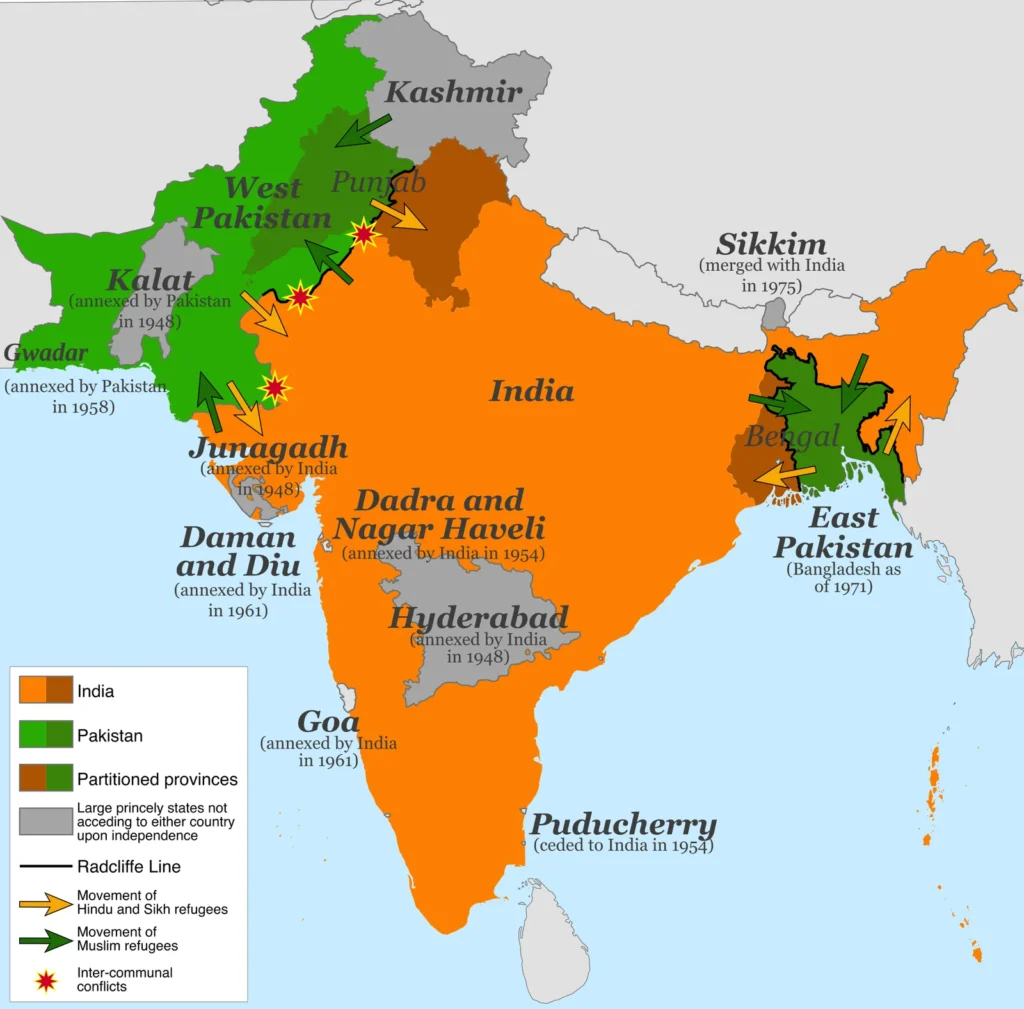
source: Wikipedia
